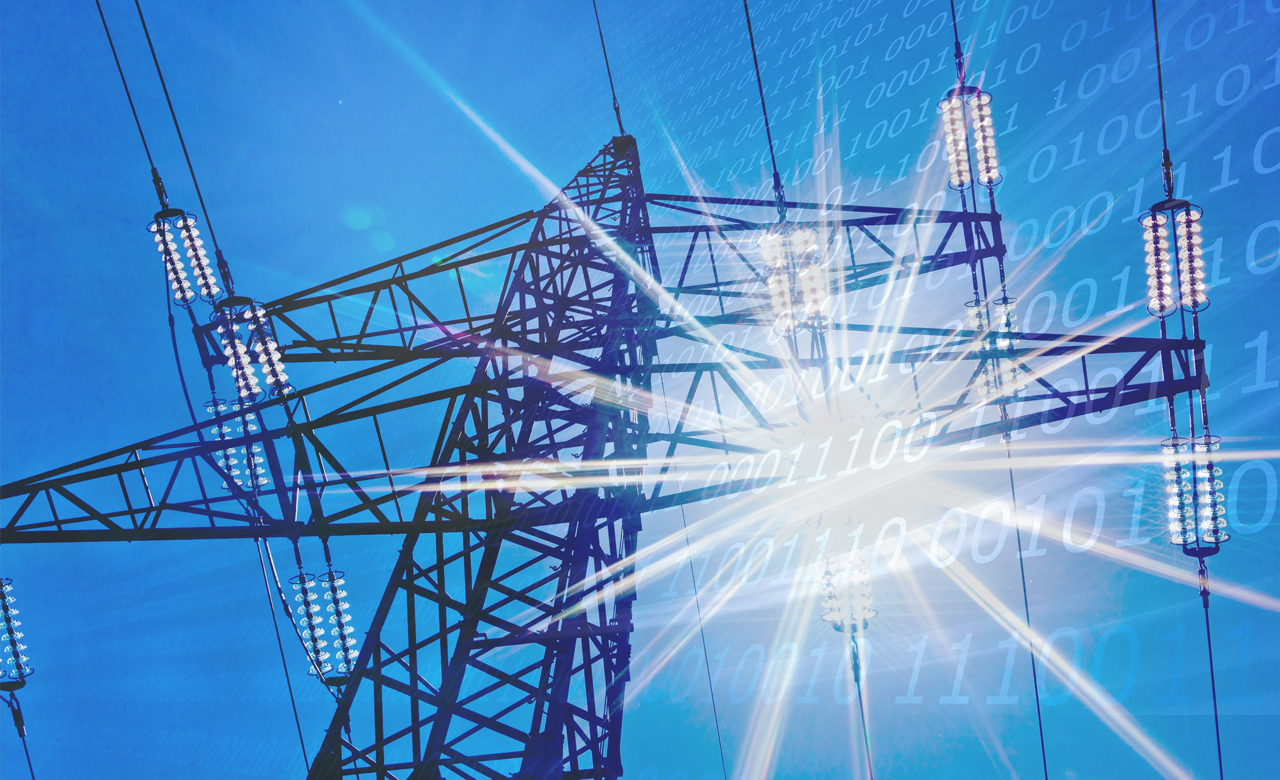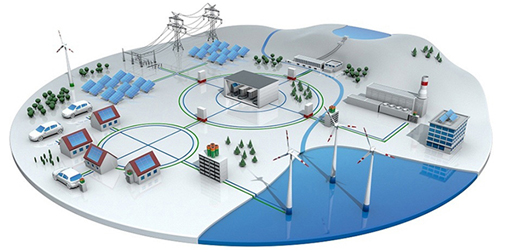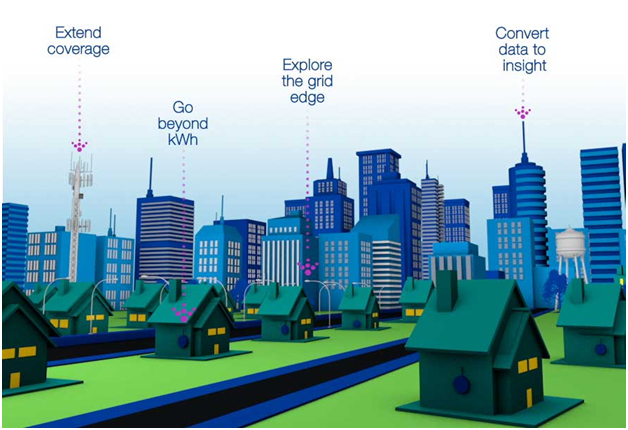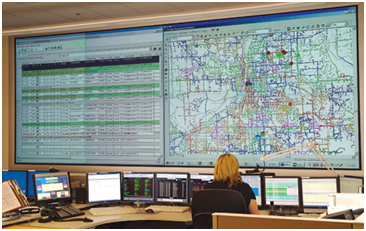
Last Sunday, at my residence in Dehradun, there was a power cut from early in the morning for almost 10 hours. I had an important assignment to complete for which I was required to work on my laptop. When I started working, my home inverter had only an hour of power back-up and I could stretch my work by another 2 hours with my laptop’s battery backup. Since there was no further power supply available, I had to close down my work in between and then take it up again later in the night after the power supply was restored. In India, power failure, low voltage, high voltage etc. are very frequent and normal incidents. How can such problems be resolved or minimized?
“With the exponentially increasing power demand, the supply and generation of power has become the center of focus for the entire ecosystem. The most important area for DISCOMS and power generating companies, where they are bleeding money today, is transmission and theft (tampering). And the answer to these is Smart Meters and Smart Street lights.” (Electronicsmaker.com / Sep-10/2017)

Smart Grid as a solution
Smart grid could be the possible answer to address the above challenges of the power sector.
The Electric grid is made up of architectures, in which, power is generated at site, and is capable of delivering large quantities of energy, which then carry to the last mile along power lines to homes and commercial sites.
Smart grids are modern intelligent electric power grid system for enhanced efficiency and reliability that integrates the technology of automated control, high-power converters, sensing and smart metering and modern communications infrastructure for energy management techniques based on the optimization of demand, energy and network availability.
IOT and GIS are the key components of Smart grid.
IoT in the Electric Power Industry

One of the largest, fastest and finest use of IOT (Internet Of Things) is evident in the Industrial Sector. Within this segment, Smart grid happens to be one of the biggest users of IOT technology for its smart meters. controllers, communication and other devices.
The Internet of Things is a technology having the ability to communicate information on connected devices like transformer meters, switches, reclosers, solar systems, wind farms, and capacitor banks etc. by connecting “smart” sensors with them and keeping records using advanced metering infrastructure (AMI). Using the supervisory control and data acquisition (SCADA) system, it can change internal connections in Power Grids to manage the power distribution based on demand and to reduce power outage as well.
GIS For the Power Industry
GIS, in the form of maps is the tool that helps power companies to provide higher levels of efficiency to their crews, designers and engineers and hence, increasing their customers. This leads to an enhanced two-way communication between power consumers and suppliers hence making ‘location’ as a standard requirement for effective system management.

The Importance of ‘Where’
Location is always in consideration, while calculating losses, balancing loads, or planning new extensions in the power sector. GIS as a technology has location as a standard component, supporting software and services throughout the system: from the generation plant to the consumer’s meter. GIS helps in planning and analyzing to determine the optimal location for communication devices.
GIS helps Power Grids, rather Smart grids on various facets, including the below:
-
- The location of communication infrastructure
- Installation of Smart Meters
- Monitoring of Demands
- Data Analytics
- Network Connectivity Models
- Deciding the installation location of Controlling devices
- Outage Management
Maps coupled with data from IOT, further helps in asset visualization & management and decision making for Smart Grid design. A Smart grid designed with such technologies, is a true energy network that can efficiently deliver sustainable, economic and secure electric supply to more and more users. Further, it benefits households, the society and utilities in terms of increased energy efficiency, expanded use of renewable energy, better energy management practices, and cleaner transportation options.